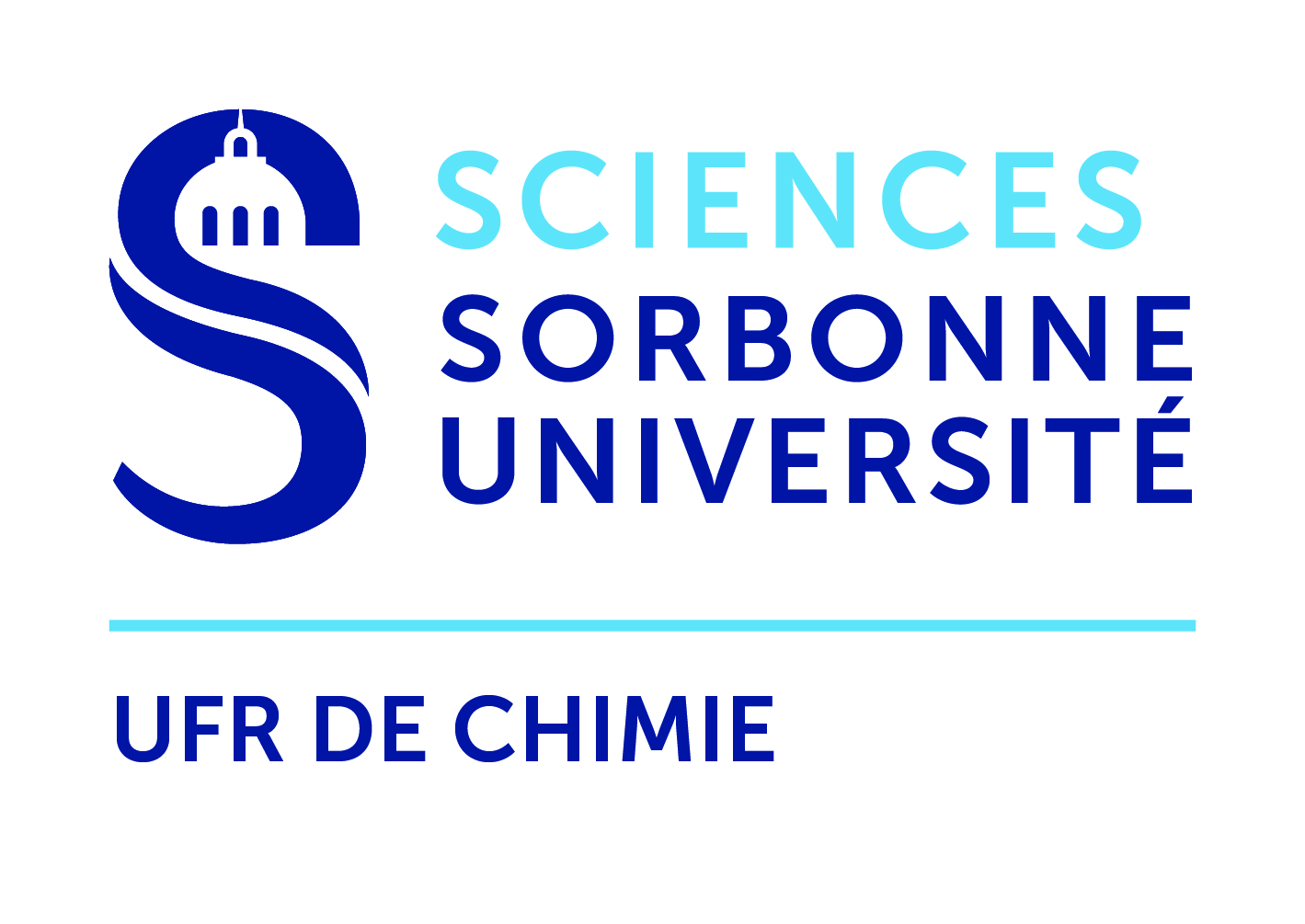Versatile role of oleylamine in the controlled synthesis of copper nanoparticles with diverse morphologies
Résumé
Precise tuning of ligands and a comprehensive understanding of their roles and functionalities are crucial for the design of nanoparticles (NPs) with tailored properties. In this study, we present the synthesis of copper NPs with precise control over their shape and crystallinity, relying on the remarkable versatility of oleylamine (OLA) as both a solvent and a ligand. By adjusting the temperature, OLA enables the formation of cubic NPs under rapid heating, reflecting kinetic control, and octahedral NPs with slow heating, indicating thermodynamic control. XPS analysis of these NPs reveals that OLA's dual chemical functionality allows for the stabilization of cubic NP (100) facets through surface binding via its alkene group, while octahedral and quasi-spherical NPs are stabilized by OLA's attachment to (111) facets through its amine function. Besides, this study highlights how trioctyl phosphine oxide (TOPO) and trioctyl phosphine (TOP) contribute to controlling nucleus crystallinity at early synthesis stages, facilitating the selective formation of single-crystal particles or multiply twinned particles. OLA's dual role, as both solvent and ligand, enhances its ability to stabilize different crystalline facets, making it a powerful tool for synthesizing copper NPs with diverse and controlled morphologies. This versatility opens up possibilities for tailoring their catalytic properties to specific applications.
